Pingus 2012
Descripción
Sin duda, estamos ante uno de los vinos más míticos de España. Pingus es una delicia que tiene tras de sí el aval de los mejores críticos nacionales e internacionales. Este es el vino que hace referencia al apodo de niñez de su creador, el danés Peter Sisseck. Cada botella de esta maravilla nos regala un trocito del corazón de la Ribera del Duero. Se detiene el mundo con cada sorbo.
Ficha técnica
Cata
Viñedo y elaboración
Opinión de los críticos
finally tasted the 2012 Pingus in bottle, a wine I sampled last year before bottling, and even if it was the final blend, all of a sudden proprietor Peter Sisseck decided to delay the bottling. He cannot really explain the reason why; it was really a hunch, something he felt and he thinks the decision was right. The good news is that the wine delivers all that it promised before bottling. There are plenty of floral notes, violets, even lilies; it's extremely aromatic, subtle and precise with just some Indian spices in the background to give it an exotic character. With time in the glass, there are some earthy, mineral (even diesel-like?) aromas. It has a rare combination of power and finesse, concentrated but delicate, with buttery, ultra-refined tannins, great balance, acidity, length and a silky texture, not easy to find in Ribera del Duero. This could very well be the best Pingus ever, in the style of 1996, a year of elegance and good acidity, more Burgundian/Atlantic (Peter Sisseck does not agree with the term Burgundian applied to Ribera del Duero) than the average. This wine has the conjunction of their knowledge and the improvements in the vineyards. This is stunning, simply perfect. It has all the components to age for 20+ years. 6,000 bottles were finally filled the first week of September 2014. As I explained last time, 2012 represents a big change in Pingus with 0% new oak used for its upbringing.
A superb wine with blueberry, blackberry and violet aromas with hints of minerals. Full-bodied, powerful and structured. Extreme length that lasts for minutes on the palate. Incredible texture and brilliance. Perfect structure. Better in 2018.
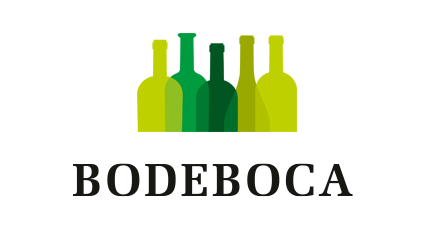
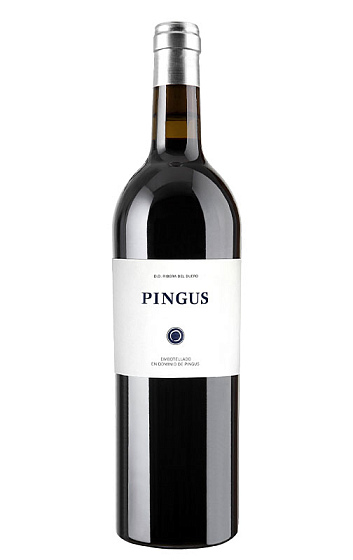


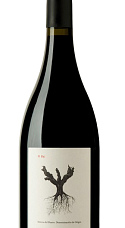
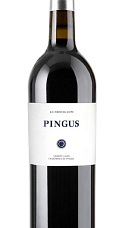
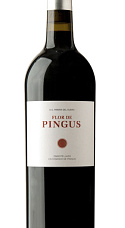
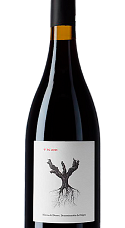


Añadas: 2020 2018 2017 2012
Esta añada no tiene valoraciones todavía. Pincha en las otras añadas para ver sus valoraciones.
Esta añada no tiene valoraciones todavía. Pincha en las otras añadas para ver sus valoraciones.
Esta añada no tiene valoraciones todavía. Pincha en las otras añadas para ver sus valoraciones.
Esta añada no tiene valoraciones todavía. Pincha en las otras añadas para ver sus valoraciones.